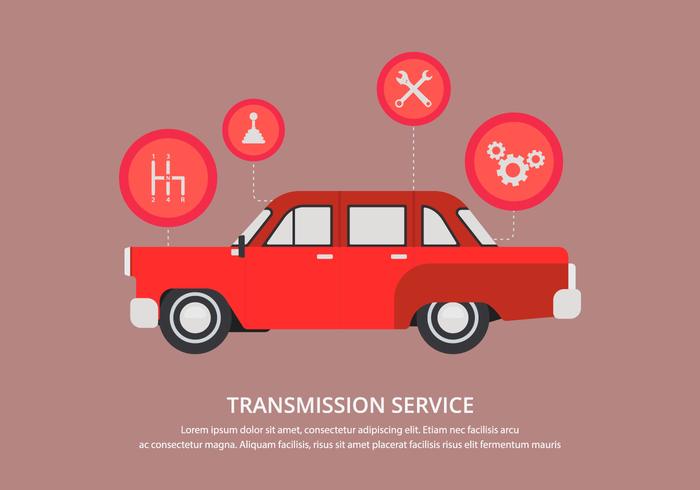Evaluating Your Vehicle'S Warning Indicators: What They Actually Communicate
Evaluating Your Vehicle'S Warning Indicators: What They Actually Communicate
Blog Article
Team Writer-Lim Alvarado
When you lag the wheel, those beautiful caution lights on your control panel can be a bit perplexing. Do car underbody cleaning near me recognize what they're trying to inform you concerning your car's health? Comprehending hop over to these guys of these lights is essential for your safety and the long life of your automobile. So, the following time one of those lights turns up, wouldn't you want to analyze its message properly and take the needed steps to resolve it?
Common Warning Lighting and Interpretations
Recognize typical caution lights in your cars and truck and understand their definitions to guarantee risk-free driving.
One of the most regular caution lights include the check engine light, which indicates issues with the engine or emissions system. If this light begins, it's important to have your lorry checked promptly.
The oil stress warning light suggests low oil pressure, requiring instant focus to avoid engine damage.
A blinking battery light may recommend a faulty charging system, possibly leaving you stranded if not addressed.
The tire pressure surveillance system (TPMS) light notifies you to reduced tire pressure, impacting lorry security and fuel performance. Neglecting this can bring about hazardous driving conditions.
The abdominal muscle light indicates a trouble with the anti-lock stopping system, jeopardizing your capability to quit quickly in emergency situations.
Finally, the coolant temperature level warning light warns of engine overheating, which can lead to extreme damages otherwise dealt with quickly.
Recognizing these common warning lights will certainly help you attend to concerns promptly and maintain risk-free driving problems.
Significance of Prompt Attention
Comprehending the common caution lights in your cars and truck is only the initial step; the importance of without delay attending to these warnings can't be emphasized enough to guarantee your safety and security on the road.
When a warning light brightens on your dashboard, it's your auto's method of connecting a prospective problem that requires focus. Ignoring these cautions can bring about more serious troubles down the road, jeopardizing your safety and potentially costing you much more out of commission.
Motivate interest to alerting lights can prevent failures and accidents. For instance, a blinking check engine light can suggest a misfire that, if left unattended, could trigger damages to the catalytic converter. Addressing this promptly can save you from an expensive repair work.
In amd detailing , a brake system alerting light might indicate low brake liquid or used brake pads, crucial components for your security when driving.
DIY Troubleshooting Tips
If you see a warning light on your control panel, there are a few do it yourself troubleshooting suggestions you can attempt prior to seeking professional assistance.
The primary step is to consult your automobile's guidebook to understand what the certain warning light indicates. Often the problem can be as straightforward as a loosened gas cap setting off the check engine light. Tightening the gas cap may resolve the problem.
Another typical issue is a reduced battery, which can activate different alerting lights. Inspecting the battery connections for rust and guaranteeing they're safe might deal with the problem.
If a caution light lingers, you can try resetting it by detaching the vehicle's battery for a couple of mins and afterwards reconnecting it. Additionally, checking your automobile's liquid levels, such as oil, coolant, and brake fluid, can aid fix cautioning lights related to these systems.
Conclusion
Finally, understanding your automobile's caution lights is necessary for keeping your automobile running smoothly and safely. By without delay attending to these informs and recognizing what they imply, you can avoid pricey repair work and prospective breakdowns.
Bear in mind to consult your auto's handbook for specific information on each warning light and do something about it as necessary to make certain a hassle-free driving experience.
Keep notified, stay risk-free on the road!
